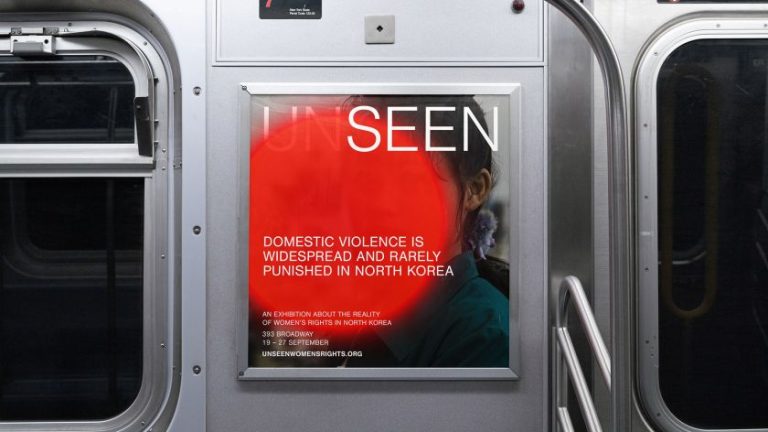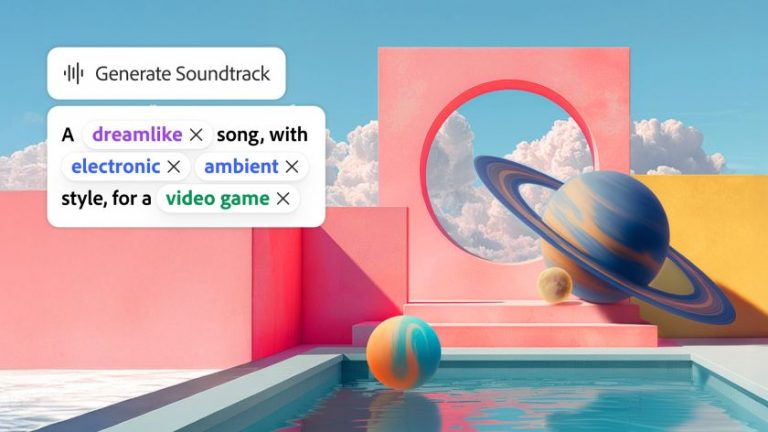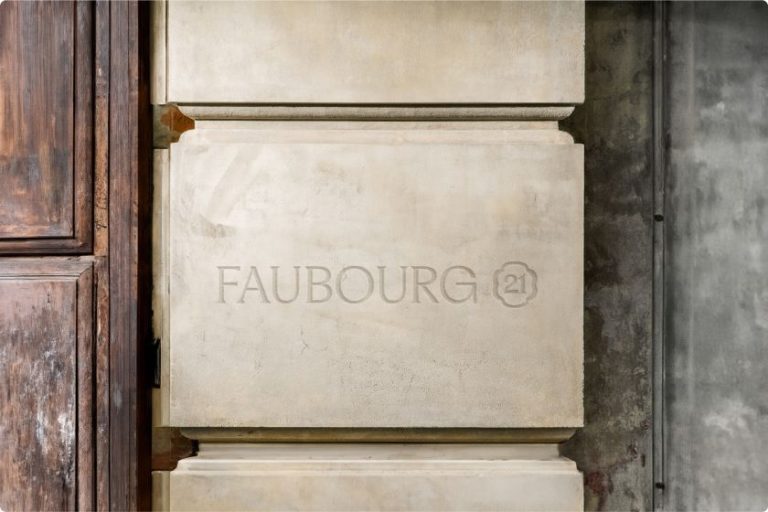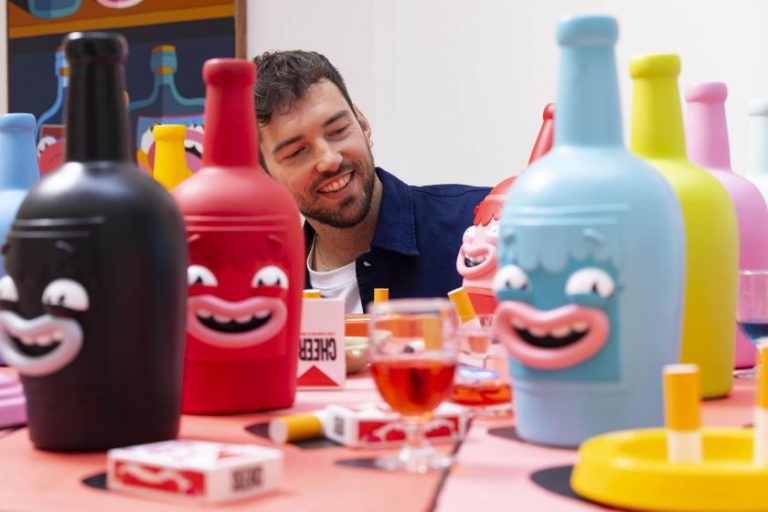Illustration by Paul Blow, represented by Handsome Frank
Are you worried about the impact of AI on an artist’s ability to earn money? So was Jon Cockley, a co-founder of illustration agency Handsome Frank. But recently, he’s started to feel more optimistic. In this insightful piece, he explains why and shares his views on this controversial topic.
As an illustration agent, the question that I’m constantly asked right now is, am I worried about artificial intelligence? What does it mean for our industry? Is it an end-of-the-world scenario for artists? Obviously, as we’re a business built on illustration, we have some concerns. But the more I learn about it and think about the role of an artist in art, the more optimistic I feel, and here’s why.
A few weeks ago, I visited the Mark Rothko exhibition in Paris. As I stood in the rain with hundreds of others who had bought tickets and made the journey to the Louis Vuitton Foundation, I asked myself a question. Will people ever flock in numbers like this to look at art created by a computer? Will the AI artwork of tomorrow be revered and hung in galleries in half a century? In my opinion, they won’t, and here’s why.
Going to an exhibition like that is not just about looking at the canvases on the wall. It’s about learning the artist’s story and discovering their journey. It’s about seeing the evolution of their style, in this case, as Rothko went from drawing people and urban landscapes to his famous abstract colour and irregular paintings – a process that took him 46 years, by the way. The exhibition chartered the story of a Lativan-born man (Markus Yakovlevich Rothkowitz) who became the toast of wealthy Manhattan art collectors. It revealed how his art related to the times he was living through and the place he was living in, and perhaps most vividly of all, it gave us a glimpse into his psyche during the different phases of his life. In short, the art was not the thing, well certainly not the whole thing.
When you look at a painting or an illustration, it’s the same as listening to a song or watching a film. What you’re really doing is sharing a moment with the person who created it. It’s a very human transaction. We’re taking a glimpse into the mind of another human being, seeing the world through their eyes, and catching sight of what’s in their soul just for a moment. For me, that’s the experience I’ve always wanted from art, and for me, that’s what will always be missing with artificial artwork.
This technology is going to pervade every walk of life and change the world whether we embrace it or not. But there’s one thing that perhaps AI can’t (or won’t replicate), and that’s flaws. Flaws are what make people unique. Mistakes, experimentation, the comebacks, the rise and fall, the happy accident. None of this will be faithfully replicated by AI. To compare it to sporting terms, who wants to watch a robot that’s better at football than Lionel Messi? Sure, it would have some novelty value, and I bet the footage would go viral. But would it pack 100,000 people into the Camp Nou every weekend for a decade? I doubt it. Because we love human beings, their flaws – all of them – and we love watching them triumph or fail. The arc of success, fatigue, and failure, in whichever order it might come.
So, how does this relate to illustrators? I think it’s time for illustrators and, in fact, all creatives to make sure they’re seen and heard. I think it’s a klaxon calling on creators to step out from behind their artwork and show themselves and tell their story; I think this is going to become a necessary requirement. Because art without an artist is meaningless – if you make yourself seen and heard, then your art will be understood and valued.
My second conclusion is that the process will become more important than ever. After all, there’s no mystique in simply clicking a button. One of the by-products of social media and the never-ending appetite for content has been the advent of our clients wanting to see behind-the-scenes footage. If that wasn’t motivation to share your process, then AI should definitely be your cue to start showing your work. The good, the bad and the unused concepts. AI doesn’t have sketchbooks. No one wants to look at data scrapes. Art is about human connection, and we want to see the mistakes, the trial and error and the abandoned ideas in order to understand the finished article.
So perhaps, after all, AI could be a blessing for artists. It seems inevitable that the market, certainly in the illustration sector, will become flooded with AI artwork. It will doubtless be cheaper, quicker, and infinitely available at the touch of a button. As such, though, by its very definition, it will be of no or very little value. Artwork made by humans, however, will take time, cost more, and, therefore, be more valued and revered than ever. The value of true artists who communicate and tell stories through their work will surely rise in value, just like an original Rothko.










